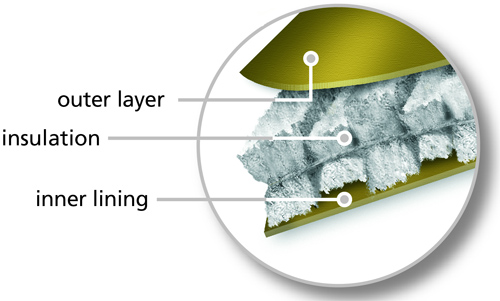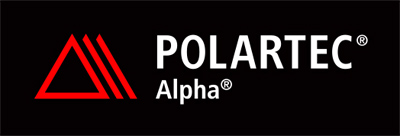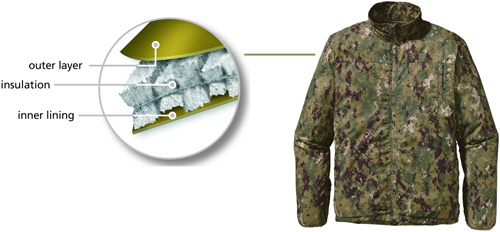It was developed by Polartec LLC for the U.S. Special Operations Forces. Now declassified, a first-of-its kind insulating material will be used in jackets by outdoor brands beginning in 2013.
Called Polartec Alpha, the new insulation was announced last week. It is made in an East Coast factory where Polartec has for decades pumped out its famous synthetic fleece.

Like the brand’s Polarfleece fabric, the to-be-released Alpha insulation is a polyester-based material spun to specifications on machines in a Lawrence, Mass., mill.
Alpha was introduced with proclamations touting a miracle material that will “redefine the insulation category.” The company cited Alpha will allow outerwear brands to create the “first-ever breathable puffy garments.”
It will be on display at trade shows this winter for launch in outerwear lines later next year. Brands adopting Alpha insulation in jackets, according to Polartec, are numerous, including 66 North, Eddie Bauer, Eider, Mammut, Marmot, Montane, Mountain Equipment, Rab, Ternua, Terry Cycle, The North Face, Trangoworld, Vaude and Westcomb.

Made for winter jackets of the “puffy” variety, Alpha’s main competition is goose down and PrimaLoft, the latter a synthetic down. Polartec cites Alpha as a different makeup from either, something more like an airy fleece, not a loose fill.











